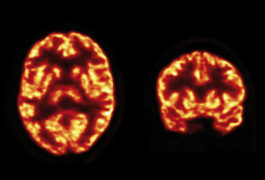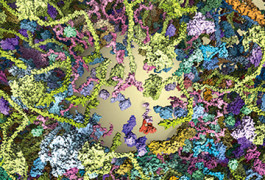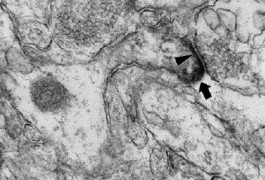Multi-omics study captures CNTNAP2’s far-ranging effects
The in-depth approach shows mutations in the autism-linked gene disrupt neuronal growth and communication, as well as mitochondrial gene expression.

The in-depth approach shows mutations in the autism-linked gene disrupt neuronal growth and communication, as well as mitochondrial gene expression.

A controversial idea about how cells compartmentalize their contents into droplets — like beads of oil in water — could be key to understanding autism, says Julie Forman-Kay.

Molecules from alpacas may enable scientists to identify cell types in the brain while also revealing their interior structures.
A researcher proposes splitting autism into subtypes, mitochondria make neurotransmitters, and highly successful grantees may face a funding cap.

A new imaging technique allows researchers to illuminate the junctions between neurons in a living person’s brain.

A new method that lets researchers trace the paths of many neurons at once may reveal how neurons go astray in autism.

Researchers debuted a three-dimensional model of an average synapse, the point of connection between neurons, in the 30 May issue of Science.

The autism-linked protein MET is expressed at the junctions between neurons during early brain development in mice, suggesting that it helps establish the connections, according to a study published 21 June in The Journal of Comparative Neurology.
Using high-resolution microscopy, researchers can watch as signaling complexes assemble at neuronal junctions in zebrafish embryos, according to a study published 17 April in Cell Reports.

Four new studies of neuroligin-1 (NLGN1), a gene linked to autism, unravel its complex role in regulating the connections between neurons.